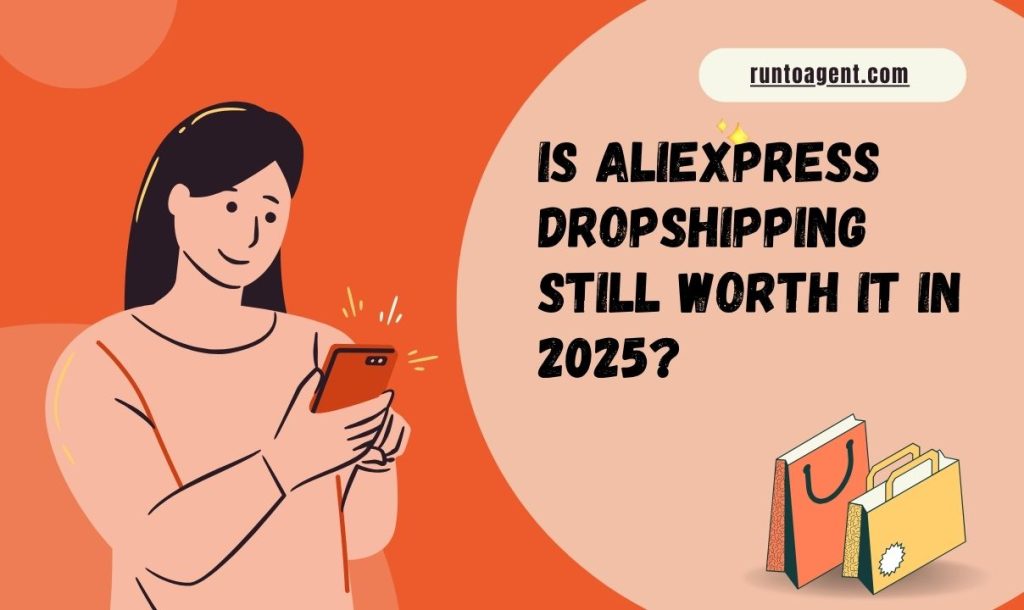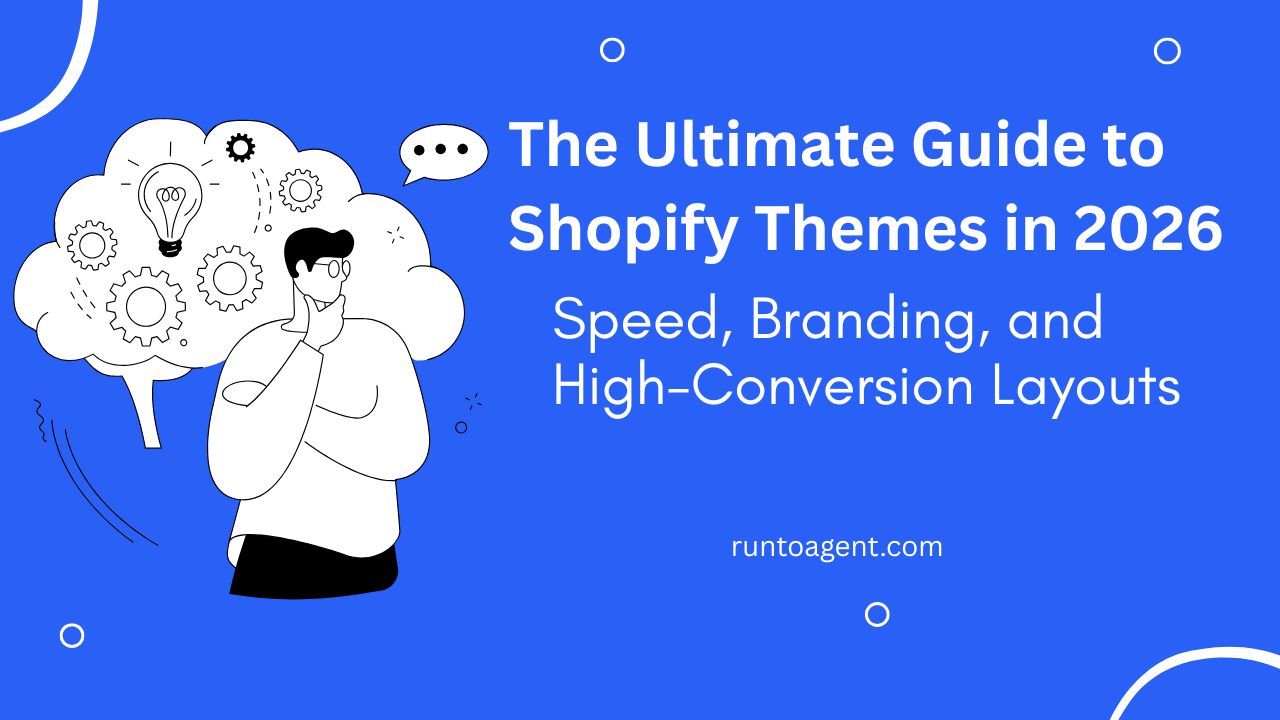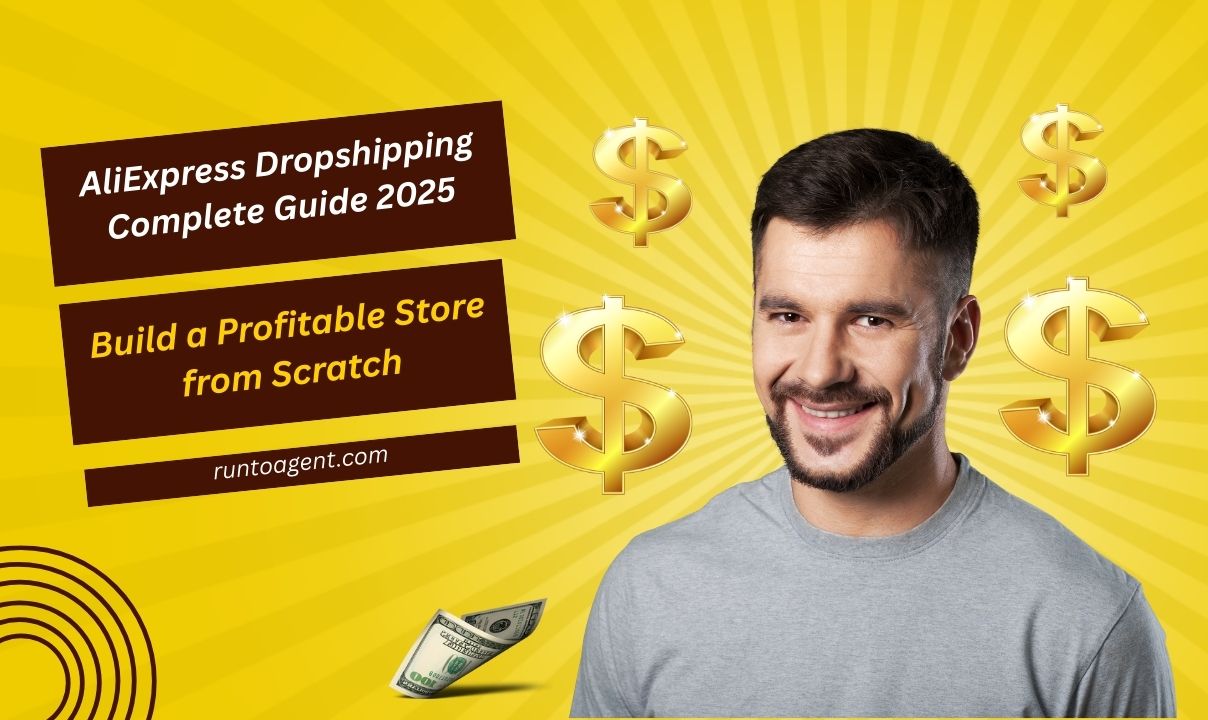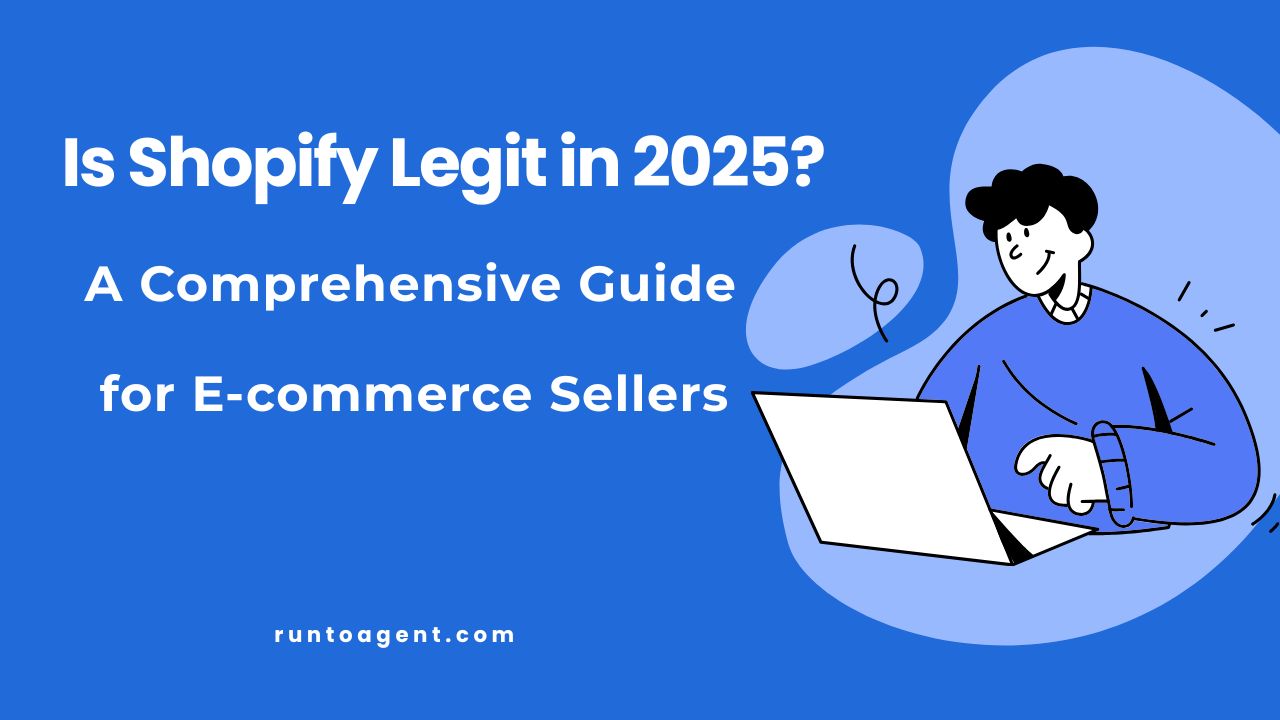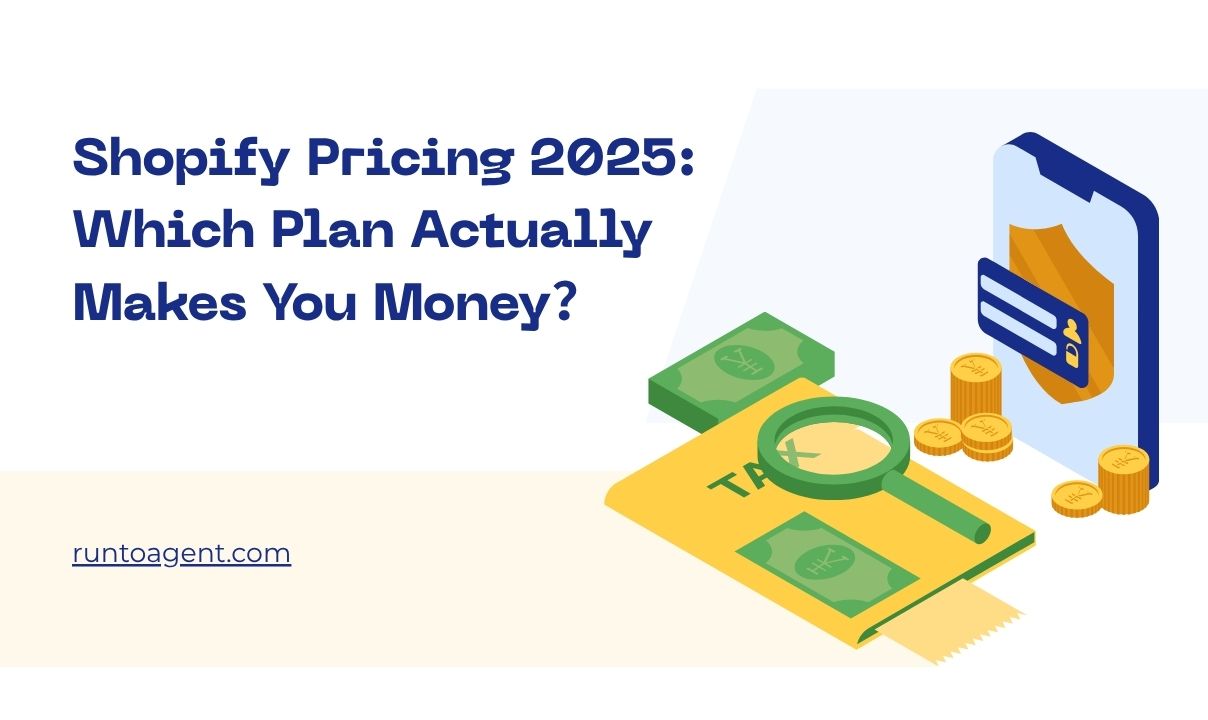Running a AliExpress dropshipping business might sound simple: list a product, get a sale, let your supplier do the rest. For many newcomers, AliExpress is their first stop — and often, their first major headache.
But here’s the problem:
Logistics delays. Poor product quality. No real support.
Thousands of sellers every year suffer from lost orders, angry customers, and PayPal disputes — all because their fulfillment pipeline relies on unverified suppliers and shipping lines that take 15 to 45 days to deliver.
Worse? That one-star review doesn’t just hurt your ego — it hurts your Shopify store conversion rate, your Facebook ad performance, and ultimately your profit margin.
Just a few bad AliExpress orders can crush a promising dropshipping store.
So what’s the solution?
In this article, we’ll break down:
- How AliExpress dropshipping really works in 2025
- The pros and cons you need to know (before it’s too late)
- When AliExpress might still be useful
- And most importantly: What better, scalable alternatives exist — including private sourcing agents like Runtoagent that help you build a real brand with fast shipping, stable pricing, and one-on-one service
Let’s dive in.
What Is AliExpress Dropshipping and How Does It Work?
AliExpress dropshipping is a business model where you — as the seller — don’t hold any inventory. Instead, you list products from AliExpress on your store. When a customer places an order, you purchase the item from the supplier on AliExpress, who then ships it directly to the buyer.
It’s a classic zero-inventory model with global reach.
Why has it been so popular for years?
- It’s free to start
- No minimum order quantity (MOQ)
- Thousands of products across every niche are available — including via the AliExpress Dropshipping Center, which many beginners use to analyze trends and pricing.
- Can be integrated directly with Shopify via tools like DSers or Ali Orders
Sounds like a dream, right?
Not quite.
Here’s the catch: AliExpress wasn’t built for global ecommerce fulfillment — it was built for end-consumer retail.
That means you’re sourcing from a B2C platform, not a professional B2B supplier ecosystem. The result?
- No dedicated account manager
- No private label or branding options
- Limited packaging control
- Inconsistent delivery and customer service
And when things go wrong (delays, lost parcels, bad quality), you’re left to handle the customer complaints — not the supplier.
This model might work for testing product ideas, but if you want to grow a sustainable, branded store in 2025, you need to understand both the power and limitations of AliExpress.
Let’s now take a closer look at those pros and cons.

What Are the Pros and Cons of Using AliExpress for Dropshipping?
Like every tool, AliExpress has its strengths — and its serious weaknesses. If you’re just getting started, the platform feels like a goldmine. But if you’re scaling, the cracks show fast.
Let’s break it down clearly:
| Pros | Cons |
|---|---|
| Massive product variety across every niche | Extremely slow shipping (15–45 days typical) |
| No upfront inventory cost | No control over packaging or branding |
| Low barrier to entry | Inconsistent product quality |
| Easy integrations with Shopify tools like DSers | Limited after-sales support, no service-level agreements (SLAs) |
| Ideal for testing low-risk product ideas | Risk of duplicate listings and account flagging |
Let’s unpack these.
What makes AliExpress attractive?
- Wide selection: You can test virtually any trending product without committing to inventory.
- Zero capital risk: Ideal for beginners — list now, pay later.
- Accessible tools: DSers, Ali Orders, and other apps make syncing products easy.
But…
Here’s where most sellers get burned:
- Shipping delays: Your customers expect Amazon Prime speed — not international ePacket delays.
- Supplier inconsistency: You never truly know who you’re buying from. Many are middlemen themselves.
- Brand-killing packaging: Generic plastic bags, no logos, no inserts, no brand perception.
- No negotiation power: Each order is treated individually. No bulk discounts, no relationship.
“AliExpress is optimized for casual consumers — not for long-term, brand-building dropshippers.”
If you’re just validating a product idea, it might still work. But if you’re building a real business, it’s time to consider better, scalable infrastructure.
Next, let’s talk about one of the biggest pain points: shipping times.
How Long Does AliExpress Take to Ship Orders to the USA or EU?
Let’s address the elephant in the room: AliExpress shipping time is unpredictable — and often painfully slow.
For dropshippers targeting customers in the United States, Canada, United Kingdom, Germany, or Australia, this becomes a critical problem.
Here’s what typical AliExpress shipping times look like in 2025:
| Destination | Shipping Method | Estimated Timeframe |
|---|---|---|
| United States | Cainiao / Yanwen / ePacket | 12–25 business days |
| United Kingdom | AliExpress Standard | 15–30 business days |
| Germany & France | Cainiao + Local Postal | 18–35 business days |
| Australia & NZ | China Post / 4PX | 20–40 business days |
| Express (DHL/UPS) | Paid upgrade | 7–12 business days (very rare) |
What’s the real problem here?
- Customer frustration: Modern buyers expect 3–7 day shipping — not 3–5 weeks.
- Order cancellation risk: Many customers file chargebacks or PayPal disputes once delays hit.
- Limited tracking visibility: Tracking often shows “Shipment info received” for days or weeks.
- Low repeat purchase rate: No matter how good your ads are, no one wants to buy again from a slow store.
“Imagine spending $200 on Facebook Ads to get a customer… only for shipping delays to destroy the experience.”
What about US or EU warehouses?
Some AliExpress sellers claim they have local stock — but these listings are rare, limited in quantity, and often more expensive. Plus, you have no control over what gets shipped from where.
If shipping speed is important (and it always is), you need to rethink your fulfillment strategy.
At dropshipping agent, we offer:
- 5–9 day delivery to the US
- 4–7 day shipping to Europe
- Real-time tracking synced to your Shopify store
- Localized warehousing options
This is where working with a professional dropshipping agent becomes not just an upgrade — but a necessity.
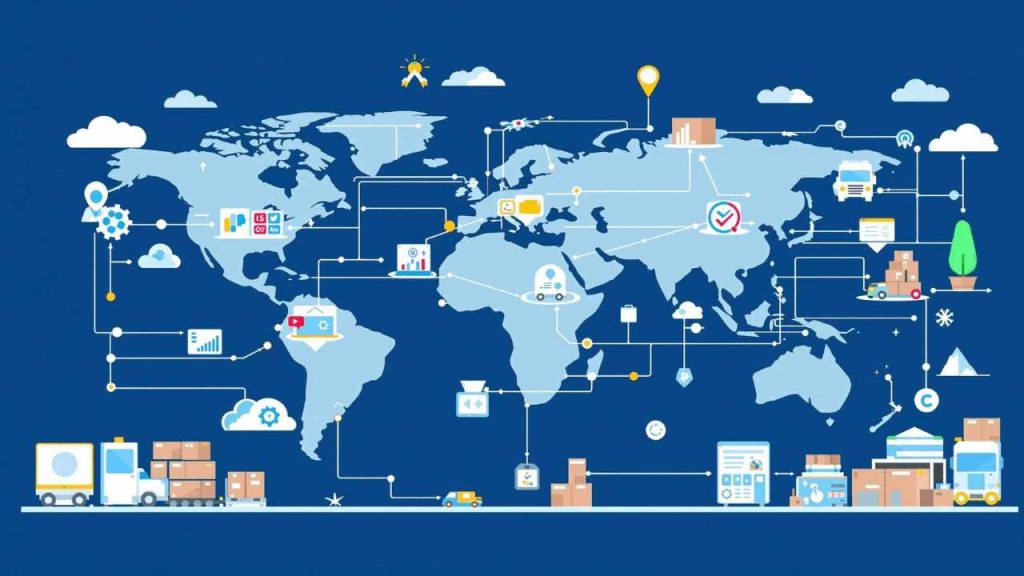
Next, let’s talk about the second biggest risk in AliExpress dropshipping: the suppliers.
Can You Find Reliable Suppliers on AliExpress?
This is the question every dropshipper eventually asks:
“Can I trust the suppliers I’m working with on AliExpress?”
Unfortunately, the answer is: sometimes — but not consistently.
AliExpress is an open marketplace. Anyone — including individual resellers and middlemen — can list products there. This creates three serious risks:
1. You’re not buying from the factory
Most AliExpress suppliers are traders, not manufacturers. That means:
- You’re paying an inflated price
- You have zero control over production or restocking
- You can’t negotiate long-term pricing
2. Supplier quality is inconsistent
Even if you find a high-rated store, there’s no guarantee your next order will be identical:
- Product versions may change
- Packaging might be downgraded
- A different supplier may fulfill the same SKU
And AliExpress doesn’t provide supplier-level SLAs (Service-Level Agreements) or enforceable contracts. You’re playing a trust game — without any leverage.
3. Communication delays kill speed
Most sellers respond in 24–72 hours, often using auto-translated messages. When things go wrong (damaged items, refund requests, address changes), time is critical — and AliExpress suppliers aren’t built for that.
“Your customer expects Amazon-level speed — but you’re depending on a seller using Google Translate.”
What’s the alternative?
With Our Team, you work with a dedicated sourcing team in China who:
- Verifies each factory and performs quality checks
- Communicates in real-time (WhatsApp, Email, Skype)
- Handles all post-sale issues like damaged goods or lost parcels
- Negotiates direct pricing — not retail margins
This kind of supplier relationship is how serious sellers scale from $10K to $100K/month — but it starts with finding a reliable dropshipping agent who can verify factory sources and handle logistics.
Next, let’s look at branding — or the lack of it — when dropshipping through AliExpress.
Can You Build a Brand with AliExpress Dropshipping?
Ask any 7-figure dropshipper what changed their game, and you’ll hear one word:
Branding.
It’s no longer enough to sell “trending products” — in 2025, successful dropshippers are focused on:
- Building trust with consistent packaging
- Creating brand recall with logo visibility
- Offering a unique, memorable customer experience
But can you do any of that through AliExpress?
Let’s be honest — not really.
Here’s why AliExpress isn’t brand-friendly:
- No custom packaging: Items are shipped in generic plastic bags
- No logo printing: Most sellers offer zero branding support
- No inserts or marketing materials: You can’t add cards, stickers, or QR codes
- No consistency: The same product might look different each time
Worse yet, when a customer receives a package with Chinese labels, unknown seller names, and inconsistent items, it kills the trust you’ve worked so hard to build through your storefront and ads.
“You can run high-converting ads, write great copy, and design a beautiful store — but if the unboxing experience is weak, you’ve already lost.”
How serious dropshippers build their brand:
Partnering with a private label dropshipping service opens the door to the following capabilities:
| Branding Feature | AliExpress | Runtoagent |
|---|---|---|
| Custom logo printing | ❌ | ✅ Available |
| Branded packaging boxes | ❌ | ✅ Multiple styles |
| Custom thank-you cards | ❌ | ✅ QR code supported |
| Consistent product quality | ❌ | ✅ Factory certified |
| Brand protection | ❌ | ✅ Batch control |
And best of all, we support low MOQ branding — starting as low as 30–50 units, which means you can start small, test fast, and scale smoothly.

Let’s now talk about another major issue with AliExpress: pricing and profit margins.
Can You Make a Decent Profit Margin Using AliExpress?
Let’s talk numbers — because dropshipping is a business, not a hobby.
While many new sellers are drawn to AliExpress by its low upfront cost, the reality is:
your profit margins are thinner than you think.
Here’s why.
The Hidden Cost of AliExpress Dropshipping:
| Expense | Description |
|---|---|
| Product cost | Higher than B2B pricing (often retail marked up) |
| Shipping fee | Varies per order, often not free |
| Ads (Meta, TikTok, Google) | Your largest cost driver (often 30%–50% of revenue) |
| Chargebacks & refunds | Due to slow shipping or quality issues |
| Transaction fees | Shopify + Stripe/PayPal fees (3–6%) |
| No volume discount | No matter how many orders you place |
You may list a product for $39.99, but if it costs $14.50 + $6 shipping on AliExpress, and you spend $12 in ads — you’re left with $7 or less profit per sale.
Now add returns, bad reviews, or replacements? That margin disappears fast.
What does a healthy margin look like?
Experienced dropshippers aim for:
- Product cost under 30% of selling price
- Shipping under 15%
- Gross margin target: 50–60% minimum
But that’s impossible on AliExpress.
“AliExpress prices are optimized for one-time buyers — not for business profitability.”
✅ How Runtoagent helps you scale margins:
- Factory-direct pricing (not reseller)
- Real-time quotation for large orders
- Bundle deals to increase AOV
- Low MOQ private labeling = charge premium prices
- Fixed shipping rates with 5–9 day delivery
This allows you to scale your ad spend confidently, knowing that your backend costs are under control — and your LTV is climbing, not crashing.
Next, let’s look at when it makes sense to still use AliExpress, and when you should switch.
When Should You Use AliExpress — and When Should You Switch?
AliExpress isn’t inherently bad — it’s just not built for scaling.
So the real question is:
“When is it okay to use AliExpress — and when should you move to a professional sourcing agent or dropshipping supplier?”
Let’s break it down by business stage:
✅ AliExpress is useful for:
- Product testing phase
You want to test multiple niches quickly without investing in stock. - One-product stores with short lifespan
You’re running a time-limited campaign or viral offer. - Market research / MVP launches
Before committing to custom packaging or private label.
In these cases, the flexibility of AliExpress outweighs the downsides.
❌ AliExpress becomes a liability when:
- You’re running paid ads (Meta/TikTok/Google) consistently
- You’re building a branded store with long-term vision
- You want to increase AOV and upsell bundles
- You need to manage returns and refunds efficiently
- You want to scale to 50+ orders/day
At that point, every delayed shipment, bad product, or poor unboxing kills your ROI.
“The moment you start getting repeat orders, influencer traffic, or organic SEO traffic — AliExpress is no longer a solution, it’s a risk.”
What to do instead?
Here’s what smart sellers switch to:
| AliExpress Phase | Upgraded with Runtoagent |
|---|---|
| Manual product listing | Product sourcing team recommends verified winners |
| Unbranded packaging | Custom boxes, logo printing, insert cards |
| Per-order fulfillment | Inventory pre-stocking in China or global warehouses |
| Slow shipping (15–35 days) | Fast global shipping (5–9 days to US, 4–7 to EU) |
| No support or tracking management | One-on-one account agent + logistics dashboard |
And the best part? You can start small.
Our Team supports:
- Low MOQ branded dropshipping
- Flexible order batching
- Gradual inventory stocking as your demand increases

Next, we’ll show you how to migrate from AliExpress to a professional agent without disrupting your store.
How to Transition from AliExpress to a Professional Dropshipping Agent
You’ve tested your product. You’ve validated demand. Now it’s time to move beyond experiments and build a real business model using proven zero-inventory dropshipping strategies.
Now, you’re ready to build a real business — not just chase one-time wins.
The next step? Migrate away from AliExpress and partner with a dedicated dropshipping suppliers.
But how do you do that without disrupting your operations?
Let’s walk through it:
Step 1: Identify your winning SKUs
Go to your Shopify or WooCommerce dashboard, and pull reports on:
- Best-selling SKUs over the last 60–90 days
- Products with repeat order trends
- Variants with the lowest refund rate
These are the SKUs worth optimizing with better quality control, faster delivery, and branding.
Step 2: Request a sourcing quote
Contact a sourcing agent like Runtoagent with the following:
- Product images or AliExpress links
- Order volume (estimated weekly/monthly)
- Custom packaging requirements (if any)
- Target countries and shipping speed expectations
Our team can usually provide a same-day quote for pricing, shipping time, and packaging options.
Step 3: Place a trial batch
Start with a small volume test (e.g. 30–100 units):
- Runtoagent will purchase, inspect, and store these products
- Orders can then be fulfilled individually through our system
- You maintain your store — but get the benefits of better backend ops
This lets you compare: AliExpress vs. Agent performance, in real time.
Step 4: Integrate fulfillment
Once satisfied, we help you:
- Connect your Shopify store to our fulfillment dashboard
- Automate order syncing
- Manage tracking numbers, after-sales, and inventory visibility in one place
From here, you’re no longer just dropshipping — you’re running a brand-backed ecommerce operation.
Why top dropshippers switch to Our Team:
- Dedicated English-speaking agent for your store
- Private label support starting at low MOQs
- Warehousing in China & overseas
- Multi-channel fulfillment: Shopify, TikTok, Amazon, etc.
- Real-time sourcing and logistics coordination
“We help you scale — without the delays, the headaches, or the guesswork.”
Conclusion: Don’t Let AliExpress Hold Back Your Growth
AliExpress may be the on-ramp for dropshipping — but it’s not the highway to brand success.
If you’re serious about:
- Reliable delivery
- Real profit margins
- Happy customers
- Scalable systems
Then it’s time to upgrade.
👉 Contact Runtoagent today to request a free product quote and explore how we can become your long-term supply chain partner.
Q1: Is AliExpress still good for dropshipping in 2025?
A: AliExpress can still be useful for beginners testing products due to its no-MOQ policy and wide product range. However, for long-term growth, brand building, and faster shipping, professional dropshipping agents or private suppliers are a better choice.
Q2: Why do so many dropshippers stop using AliExpress?
A: Most dropshippers leave AliExpress because of slow delivery times, inconsistent product quality, lack of branding options, and unreliable supplier communication. These issues hurt customer experience and limit scalability.
Q3: Can I build a branded store using AliExpress suppliers?
A: It’s difficult. AliExpress doesn’t support private labeling, custom packaging, or consistent fulfillment standards — all of which are essential for building a recognizable brand in 2025.
Q4: What’s the best alternative to AliExpress for serious dropshippers?
A: A dedicated dropshipping agent or sourcing company based in China is the most scalable alternative. They offer faster shipping, better quality control, private labeling, and one-on-one support — helping you build a real business, not just run a store.
Q5: How do I switch from AliExpress to a dropshipping agent without disrupting my store?
A: Start by identifying your best-selling SKUs, request sourcing quotes from a reliable agent, place a small trial batch, and gradually integrate your fulfillment system (like Shopify) with the agent’s backend. This step-by-step transition ensures continuity and improved operations.

